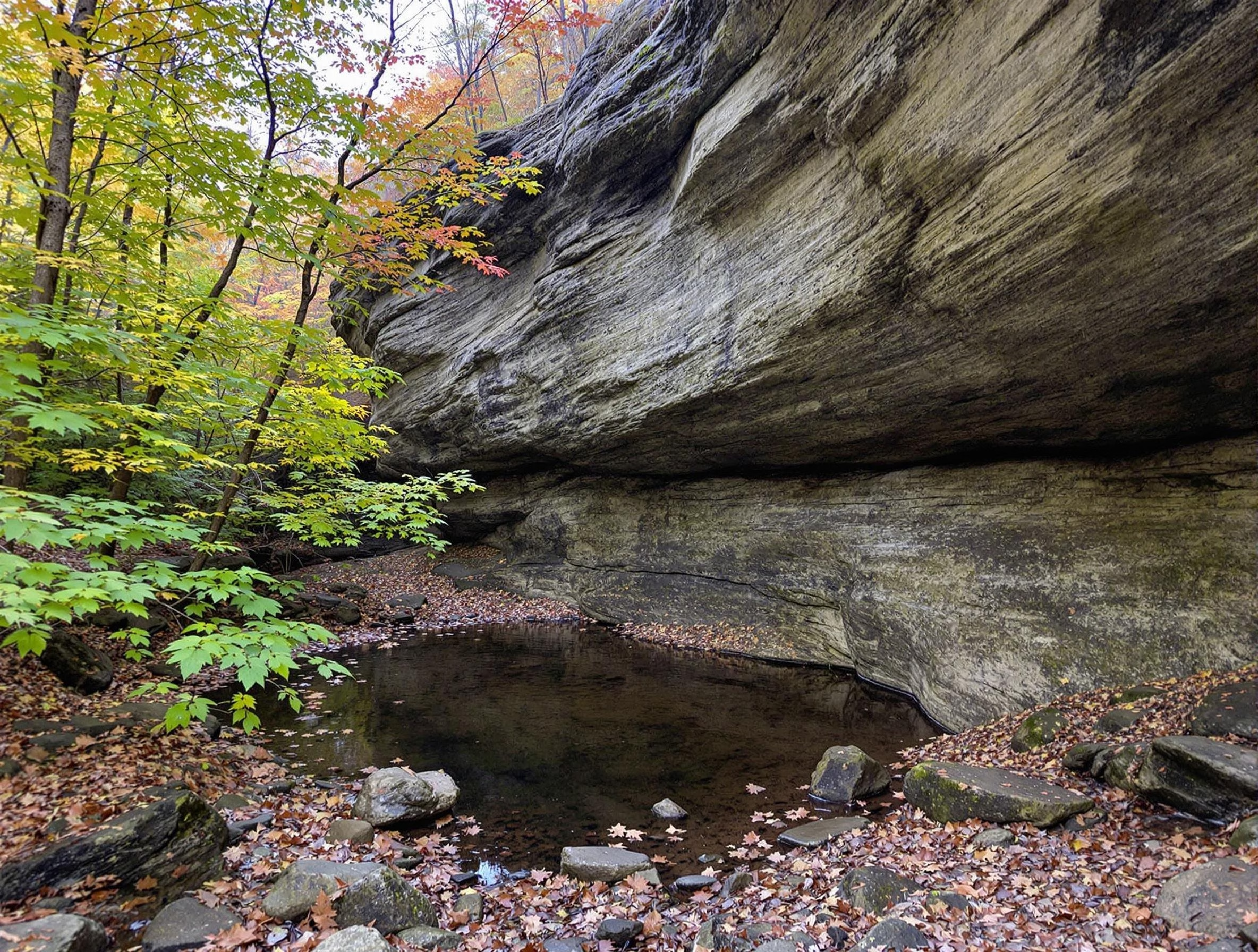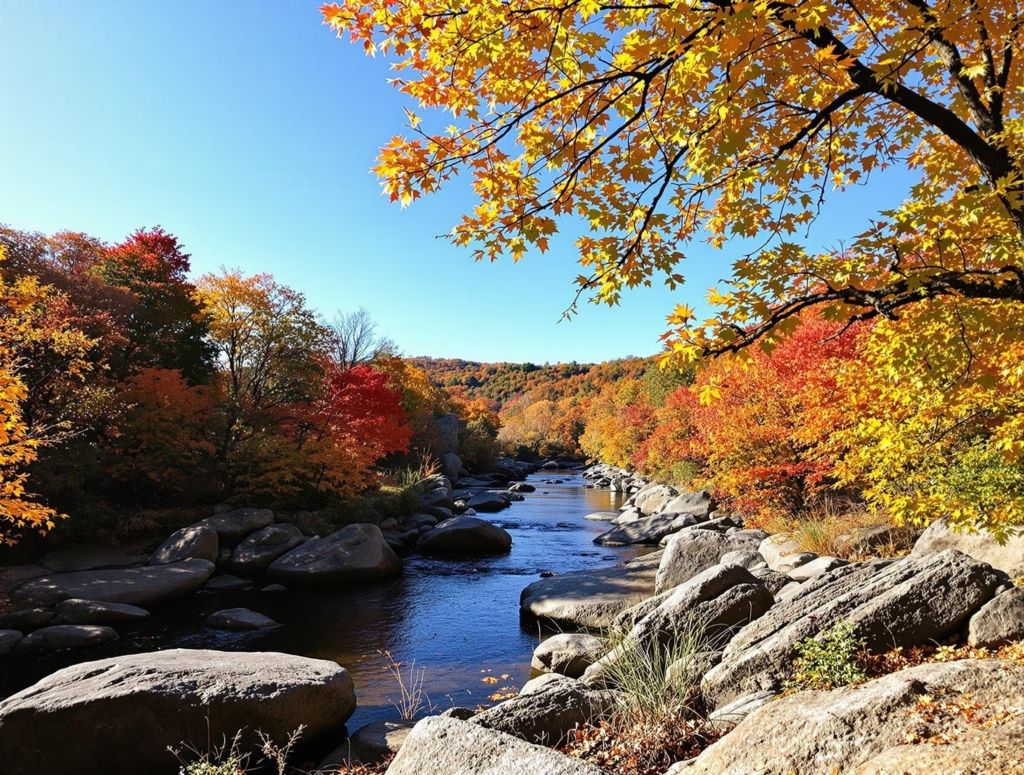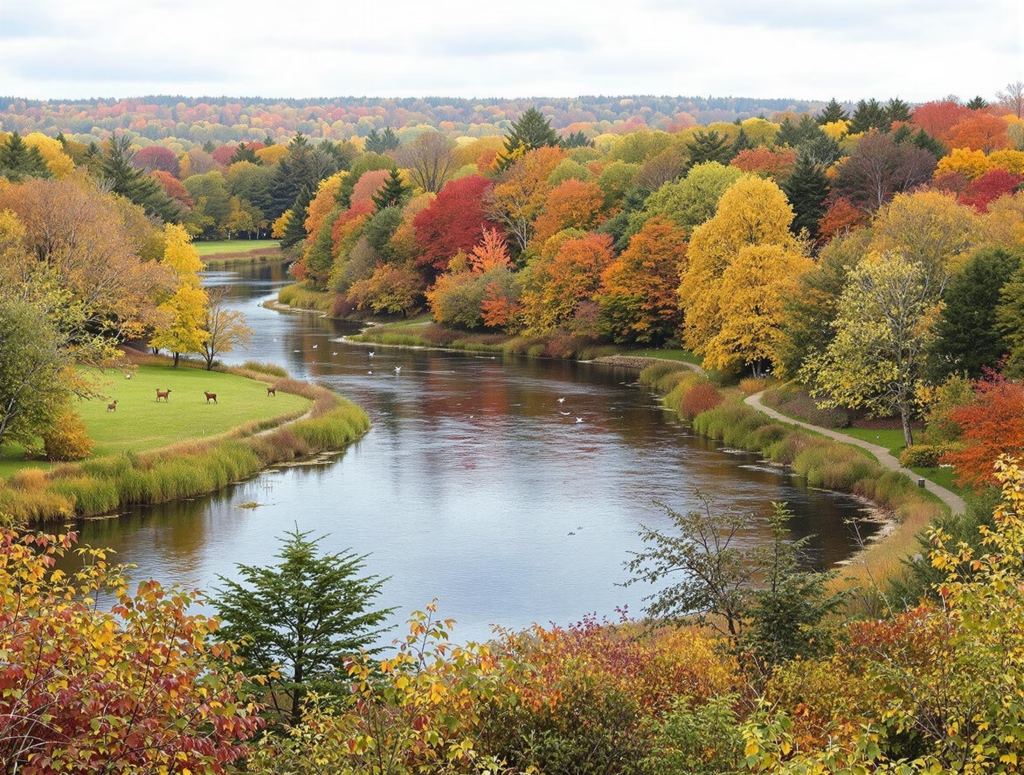Discovering the Natural Wonders of Raven Rock State Park, North Carolina
Nestled in the heart of North Carolina, Raven Rock State Park is a hidden gem that offers a perfect blend of natural beauty, outdoor recreation, and historical significance. Spanning over 4,800 acres along the banks of the Cape Fear River, this state park is a must-visit destination for nature enthusiasts, hikers, and history buffs alike. In this article, we’ll explore the various attractions and activities that make Raven Rock State Park a true treasure.
The Iconic Raven Rock
The park’s namesake, Raven Rock, is a massive crystalline structure that towers 150 feet above the Cape Fear River. This impressive geological formation is a sight to behold and serves as the centerpiece of the park. Visitors can reach the base of Raven Rock by hiking the Raven Rock Loop Trail, a moderate 2.6-mile trek that winds through lush forests and offers stunning views of the river.
The Raven Rock formation is believed to be over 400 million years old and consists primarily of metamorphic rock, including gneiss and schist. The rock’s unique composition and the forces of erosion have shaped it into its current form, creating a striking contrast against the surrounding landscape.
Hiking Trails for All Skill Levels
Raven Rock State Park boasts over 20 miles of hiking trails, catering to visitors of all skill levels. From easy nature walks to challenging backcountry treks, there’s a trail for everyone to enjoy. Some of the most popular trails include:
- Raven Rock Loop Trail (2.6 miles): As mentioned earlier, this moderate trail leads hikers to the base of Raven Rock and offers scenic views of the Cape Fear River.
- Campbell Creek Loop Trail (4.8 miles): This trail traverses through hardwood forests, crosses several streams, and provides access to the primitive camping area.
- Lanier Falls Trail (1.7 miles): A short but rewarding hike that leads to the beautiful Lanier Falls, a small cascade on a tributary of the Cape Fear River.
- Fish Traps Trail (0.6 miles): This easy trail showcases the remnants of ancient Native American fish traps, offering a glimpse into the area’s rich history.
Before setting out on any hike, be sure to stop by the park office to obtain a trail map and familiarize yourself with the park’s regulations and safety guidelines.
Fishing and Paddling Opportunities
The Cape Fear River, which borders Raven Rock State Park, provides ample opportunities for fishing and paddling. Anglers can cast their lines in hopes of catching catfish, bass, or sunfish, while adhering to North Carolina’s fishing regulations and obtaining the necessary licenses.
For those who prefer to explore the river by boat, the park offers a boat ramp that accommodates small watercraft such as canoes and kayaks. Paddling along the Cape Fear River allows visitors to experience the park’s beauty from a unique perspective and observe wildlife in their natural habitat.
Camping Under the Stars
Raven Rock State Park features a primitive camping area for those who wish to immerse themselves in nature and spend a night under the stars. The camping area is accessible via the Campbell Creek Loop Trail and consists of six designated campsites, each equipped with a fire ring and picnic table.
Campers must obtain a permit from the park office and adhere to the Leave No Trace principles to help preserve the park’s natural beauty. Keep in mind that the camping area is primitive, meaning there are no amenities such as running water or electricity, so come prepared with all the necessary gear and supplies.
Historical Significance
In addition to its natural wonders, Raven Rock State Park also holds historical significance. The area was once home to Native American tribes who utilized the Cape Fear River for transportation and fishing. The remnants of their fish traps can still be seen along the river’s edge, serving as a reminder of their presence.
During the American Revolution, the area around Raven Rock played a crucial role in the conflict. The Battle of Lindley’s Mill, which took place nearby in 1781, was a significant engagement between British loyalists and American patriots. Visitors can learn more about the area’s rich history by attending ranger-led programs or exploring the park’s interpretive exhibits.
Visitor Information and Park Amenities
Raven Rock State Park is open year-round, with varying hours depending on the season. The park office, located near the main entrance, serves as a great starting point for visitors. Here, you can obtain trail maps, camping permits, and information about current park conditions and events.
The park also offers amenities such as picnic areas, restrooms, and a visitor center with exhibits showcasing the area’s natural and cultural history. Guided hikes, educational programs, and special events are held throughout the year, providing opportunities for visitors to learn more about the park’s unique features and engage with park rangers.
When planning your visit, be sure to check the park’s website or contact the office for up-to-date information on hours of operation, weather conditions, and any trail closures or advisories.
Conclusion
Raven Rock State Park is a hidden gem that offers a perfect combination of natural beauty, outdoor recreation, and historical significance. From the iconic Raven Rock formation to the miles of scenic hiking trails, the park provides countless opportunities for visitors to connect with nature and explore the great outdoors.
Whether you’re a hiker, angler, paddler, or history enthusiast, Raven Rock State Park has something to offer. So pack your bags, lace up your hiking boots, and embark on an adventure to discover the natural wonders of this North Carolina treasure. As you immerse yourself in the park’s beauty and serenity, you’ll create lasting memories and gain a deeper appreciation for the incredible landscapes that grace our world.



